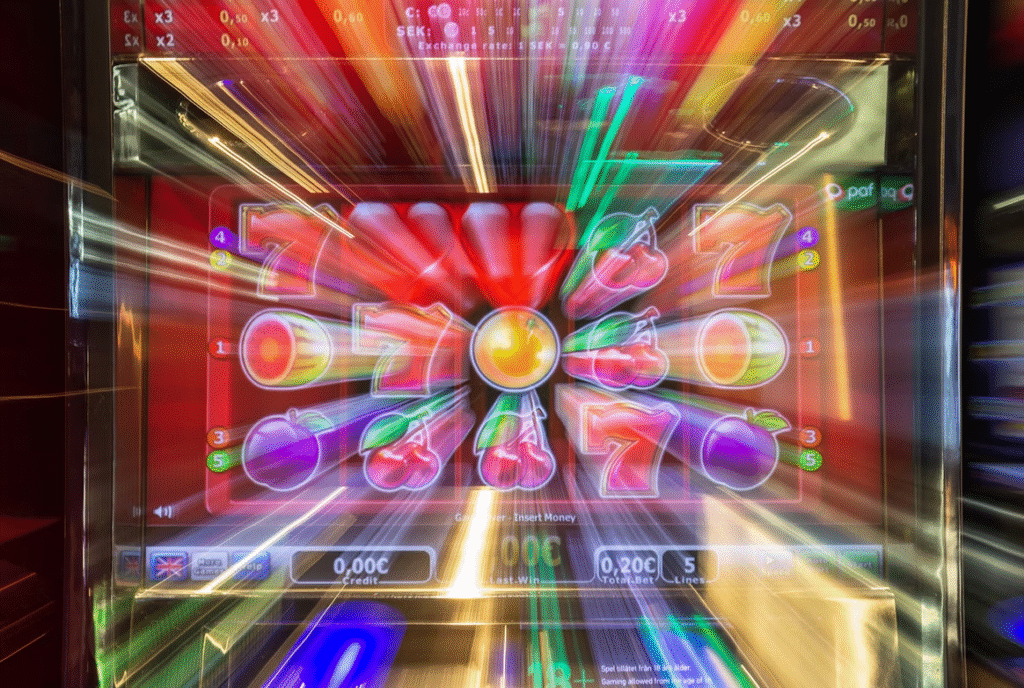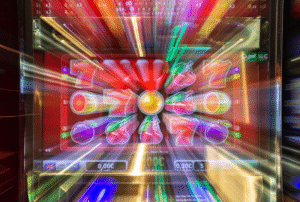
The phrase “play Gates of Olympus” has become not just an invitation to play, but a symbol of opening the doors to mythology and magnificent visual worlds. Such themes combine strong storytelling, divine symbols, and visual splendor to offer not merely a scene but the feeling of living inside a legend. In particular, mythology-themed slots blend cultural heritage with modern technology to create a visual feast, inviting players on a timeless journey.
Read
- 1 The Appeal of Mythology-Themed Slots
- 2 The Power of an Epic Atmosphere in Games
- 3 Color and Light in Mythological Worlds
- 4 God-Centric Game Designs and Sources of Inspiration
- 5 The Legendary Impact of Architectural Detail
- 6 The Evolution of Epic Mobile Games
- 7 The Importance of Visual Mythology
- 8 The Role of Music and Sound Effects
- 9 Designs Enriched with Ancient God Figures
- 10 Symbolism and Layers of Meaning
- 11 FAQ
The Appeal of Mythology-Themed Slots
Mythology-themed slots reinterpret the legends of the ancient world through modern visual art techniques. The elements used in these games are not only aesthetic but also symbolic. For example:
- Character designs reflect the power of mythological figures and their roles in the story.
- Scene composition supports the period and atmosphere in which the story takes place.
- Animated transitions dramatize legendary events.
Together, these details allow the audience to experience not only a visual but also a cultural journey. Each scene becomes a modern interpretation of an ancient tale.
The Power of an Epic Atmosphere in Games
Epic-atmosphere games forge a strong emotional bond as well as a visual one. High-tempo music, broad panoramic backdrops, and dramatic lighting make the audience feel as if they’re in the heart of a real epic. This atmosphere is reinforced by:
- High-resolution detail – Stone textures, gold embellishments, and sky effects heighten the sense of grandeur.
- Depth of place – Three-dimensional perspective conveys the scale of mythic locations.
- Cinematic transitions – Convey the story seamlessly and fluidly.
Thus, the audience isn’t just looking at a screen; they feel like a part of that world.
Color and Light in Mythological Worlds
Colors are the key to atmosphere in mythology-themed scenes. Gold and white tones represent the majesty of the gods; deep blues and purples suggest mysterious powers and wisdom; reds and oranges convey divine wrath or the energy of war. In projects like Gates of Olympus, these colors are combined with lightning bursts and beams of light to create an impressive visual spectacle.
Common colors/light effects in mythology-themed scenes and the feelings they convey:
| Color / Light Effect | Meaning and Effect |
|---|---|
| Golden Gleams | The power of the gods and divine authority |
| Purple / Blue Tones | Mystery, wisdom, and cosmic power |
| Red / Orange Flames | War energy, wrath, and legendary conflict |
| White Light Bursts | Divine enlightenment and victory |
God-Centric Game Designs and Sources of Inspiration
God-centric designs add not only visual richness but also deep, multilayered symbolism. Figures inspired by ancient mythologies reinforce the meaning of the scene and evoke a sense of the divine. Zeus’s lightning bolt stands out as a symbol of power and control; Poseidon’s trident represents dominion over the seas and the endless energy of the waves; Athena’s olive branch symbolizes wisdom, peace, and strategic thought.
These figures are not merely decorative—they are pillars that carry the story:
- They lend authority and power to the narrative, captivating the audience.
- They create an emotional bond between characters and audience, encouraging investment in the story.
- They make the theme more memorable, so scenes linger in the mind.
Gates of Olympus uses this design approach to great effect; in every scene, the gods are not just set dressing but the heart of the story.
The Legendary Impact of Architectural Detail
Architectural elements in mythological scenes provide not only a visual backdrop but also cultural connection and historical depth. Tall columns, intricately carved temple façades, colossal gates, and stairways transport the viewer directly into an ancient civilization. These elements are carefully crafted to make the events feel powerful and epic in scale.
In Gates of Olympus, the use of ancient Greek architecture creates an atmosphere that is both majestic and believable. Marble surfaces highlighted by light play, gold-capped column capitals, and structures reaching toward the sky add grandeur and a divine touch. The viewer doesn’t just watch; they feel as if they’re walking on the stone floors of these age-old temples.
The Evolution of Epic Mobile Games
With advancing graphics technology and hardware power, epic mobile games can now deliver desktop-level quality. This shift is especially noticeable in mythology-themed titles. Today, on mobile devices:
- Mythological scenes are presented in high resolution with vibrant color palettes.
- Animations are as fluid and detailed as their desktop counterparts.
- Sound effects and music provide a cinematic experience—especially on headphones.
These developments let mythology fans carry epic atmospheres in their pockets. Players can experience Zeus’s thunder or the grandeur of ancient temples anywhere, without needing a desktop computer.
The Importance of Visual Mythology
The effect of visual mythology is one of the most important elements shaping a scene’s atmosphere. Ancient motifs, stone reliefs, frescoes, figures on column capitals, and light-shadow interplay bind the audience more strongly to the story. This effect enables not just the viewing of events but also the feeling of a scene’s spirit.
For example, golden rays reflecting on temple columns at sunset evoke a sacred moment under the gods’ watch. Such scenes deepen the visual experience and make it unforgettable.
The Role of Music and Sound Effects
Music and sound design are key to amplifying a scene’s power. Grand orchestral melodies open the gates to a legendary world; choral passages support the grandeur of the gods and the divine atmosphere. Heightened sound effects in dramatic moments merge with visuals to create a potent emotional impact.
In Gates of Olympus, the deep rumble of thunder heard before Zeus hurls his lightning bolt draws the audience into the scene. These details craft not just a visual but an aural legend, reinforcing the realism of the atmosphere.
Designs Enriched with Ancient God Figures
Ancient deities are the symbolic carriers of mythological narratives. Their imposing stances, detailed costumes, and expressions of resolve and power amplify the impact of the scenes. Gates of Olympus centers Zeus’s iconic pose and commanding gaze to present not just a character but an entire legend.
Thanks to these figures, the viewer doesn’t simply watch the scene; they feel like a participant in mythic events. This makes the visual experience linger long in memory.
Symbolism and Layers of Meaning
Symbols in mythological design add meaning and depth to a scene. The olive branch signifies peace and wisdom; the lightning bolt, power and authority; the trident, dominion over the seas. These are not merely decorative—they convey the story’s core messages.
In projects like Gates of Olympus, symbolism is an inseparable part of visual cohesion. Each symbol adds context to the scene and strengthens the audience’s bond with the story. The result is not just a visual design but a multilayered narrative.
FAQ
Why are mythology-themed slots so popular?
Mythology-themed slots offer a unique atmosphere through visuals inspired by ancient legends, detailed storytelling, and god-centric designs. When epic atmospheres are combined with powerful character figures and symbolic details, they create an unforgettable experience both visually and emotionally.
How does the “play Gates of Olympus” experience differ from others?
“Play Gates of Olympus” stands out with the impact of visual mythology and ancient god figures. Zeus’s majestic design, epic background vistas, and dramatic music draw the player into a legendary tale, offering not an ordinary game but a divine adventure.
What visual elements do epic-atmosphere games use?
They combine wide-angle scenes, magnificent architectural details, strong light-shadow contrasts, and high-resolution animations. The effect of visual mythology is reflected in every detail, from the color palette to symbolism.
How do ancient god figures enhance the visual experience?
They add authority, power, and narrative depth to scenes. Within mythology-themed slots, such deity-centered designs create a cultural bond and sense of divinity for the audience, making the experience far more compelling and memorable.





Leave a Reply